Picture this: you’re walking through a forest when you hear what sounds like a tiny drumbeat coming from a leaf. You lean closer, expecting to find a miniature musician, but instead discover a plump caterpillar rhythmically tapping its rear end against the surface. This isn’t some bizarre nature documentary fiction – it’s the remarkable reality of acoustic communication in the insect world, where some caterpillars have evolved one of the most unusual defense strategies on Earth.
The Drumming Defense Strategy
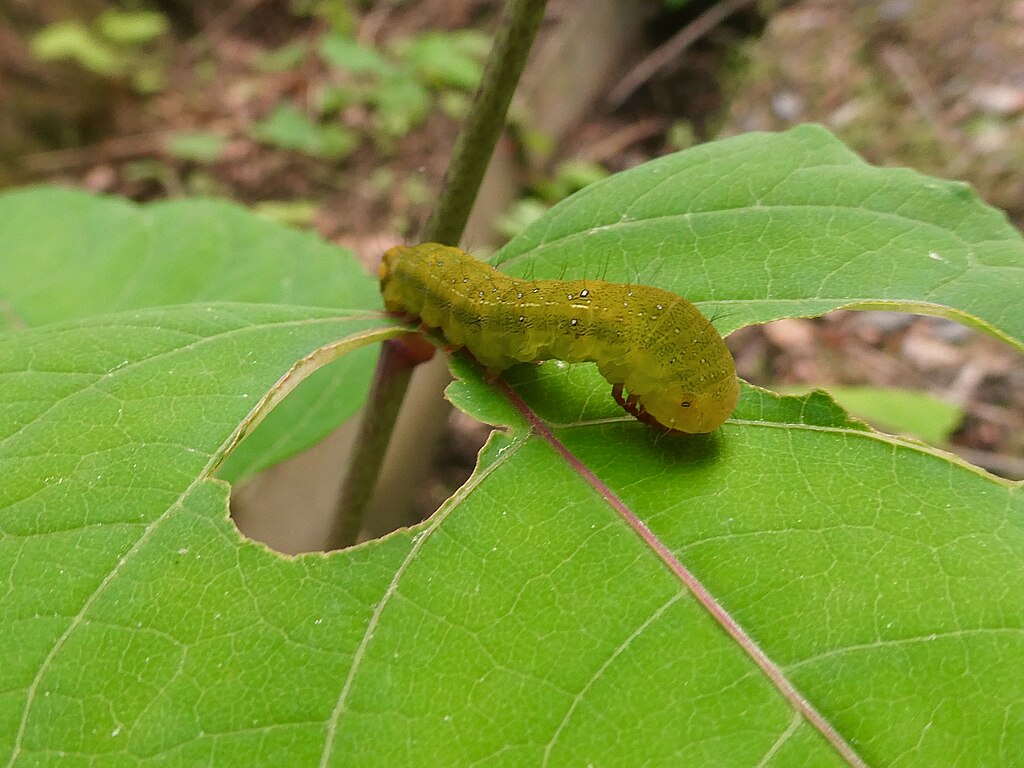
When most people think of caterpillars, they imagine silent, slow-moving creatures munching their way through leaves. However, several species have developed an extraordinary ability to create sounds using their anal segments – essentially their rear ends. These vibrations aren’t random movements but deliberate acoustic signals that serve as emergency calls for help. The drumming behavior involves the caterpillar lifting its posterior and striking it against the leaf surface in specific patterns. Each tap creates vibrations that travel through the plant material, much like morse code being transmitted through a telegraph wire. What makes this even more fascinating is that these aren’t just desperate attempts at making noise – they’re sophisticated communication systems that have evolved over millions of years.
Meet the Musical Caterpillars
The most famous of these acoustic acrobats belongs to the Lycaenidae family, commonly known as blues, coppers, and hairstreaks. Species like the Jalmenus evagoras and Anthene emolus have perfected this unusual talent to an art form. These caterpillars don’t just make random sounds – they produce specific rhythmic patterns that vary depending on the threat level and the type of help they need. Another remarkable example is found in the Maculinea genus, whose caterpillars have taken acoustic communication to even more sophisticated levels. These European butterflies have developed calls so specific that they can actually mimic the sounds made by ant larvae, essentially learning to “speak ant” to integrate into their host colonies.
The Science Behind the Sound
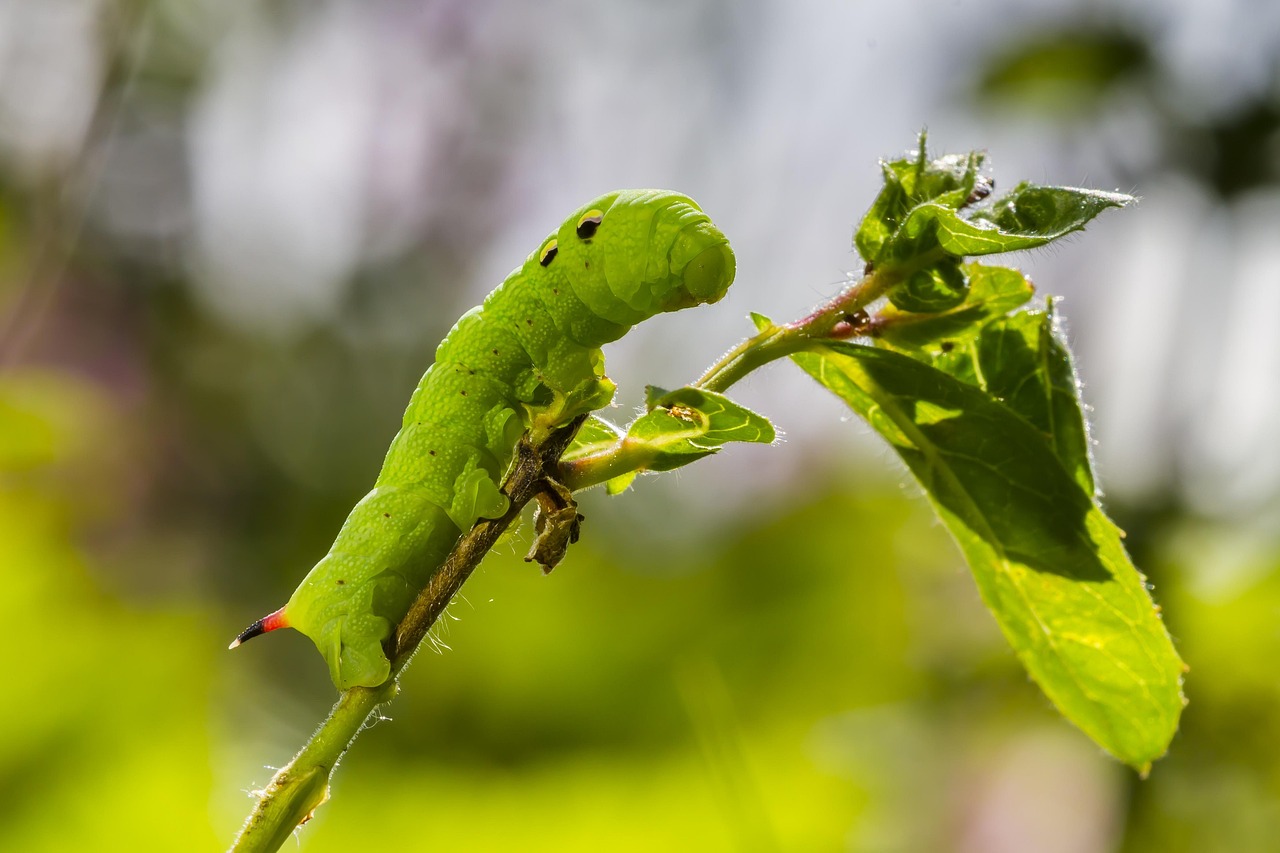
The mechanism behind this buttock-based broadcasting is surprisingly complex. Caterpillars possess specialized structures called vibratory papillae near their anal segments, which act like tiny drumsticks. When contracted, these organs create precise vibrations that can be detected by sensitive listeners – primarily ants – from considerable distances. Research has shown that these vibrations typically range from 100 to 1000 Hz, frequencies that perfectly match the hearing capabilities of their intended ant audiences. The amplitude and frequency of these signals can be modified depending on the urgency of the situation, creating a sophisticated communication system that rivals many vertebrate species.
Summoning the Bodyguards
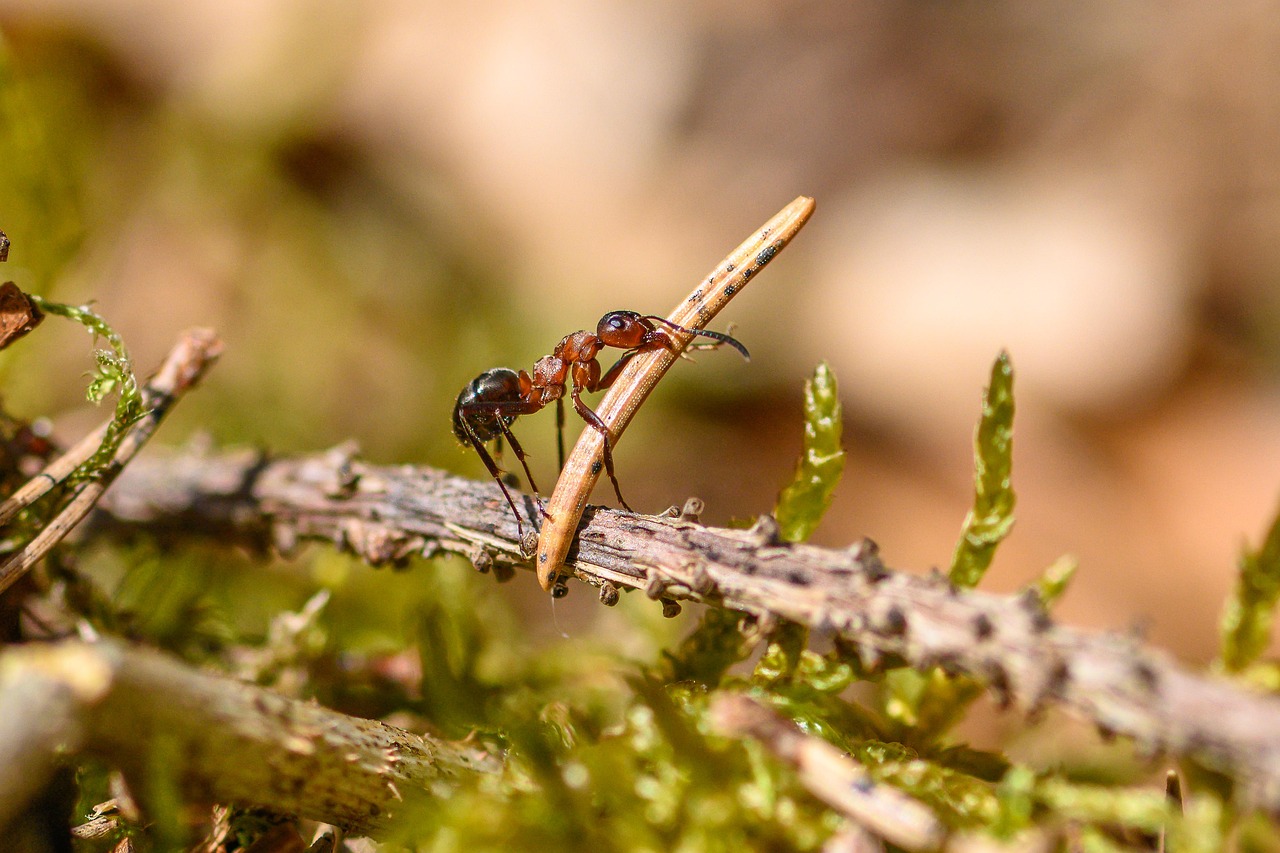
The recipients of these musical messages are typically ants, who respond to the calls like medieval knights answering a distress signal. Different ant species have formed partnerships with specific caterpillar species, creating some of nature’s most unusual bodyguard services. When a caterpillar begins its drumming routine, nearby ants interpret this as a call for protection. The response time is often surprisingly quick – within minutes of the first drumbeat, ants can be seen marching toward the source of the sound. These insect bodyguards then position themselves around the caterpillar, ready to fend off predators like spiders, parasitic wasps, or other threats that might otherwise make an easy meal of the soft-bodied larva.
The Ant-Caterpillar Alliance
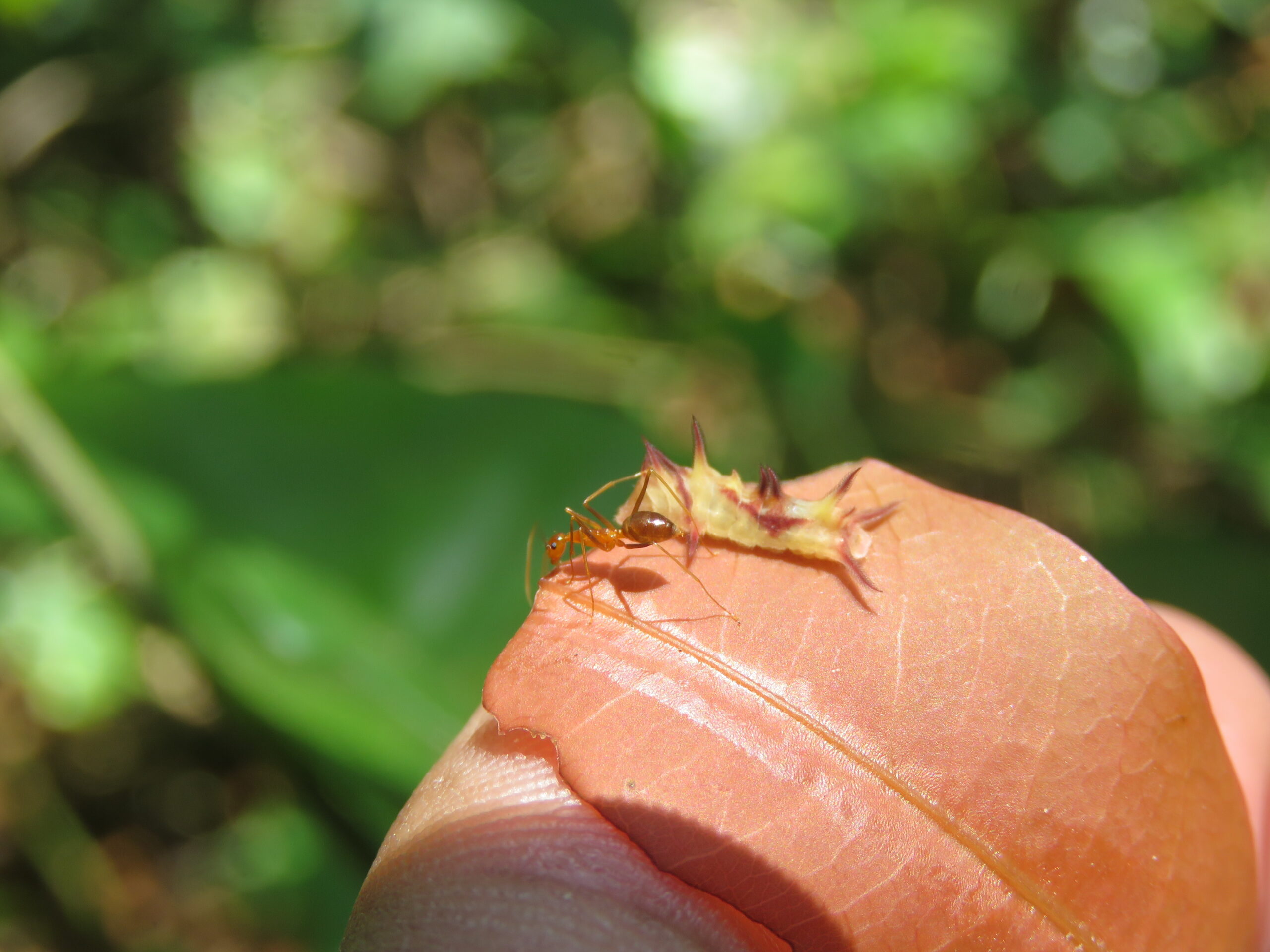
This isn’t a one-sided relationship where caterpillars simply exploit ant services. Many of these musical larvae have evolved to produce sweet secretions from specialized glands, essentially paying their bodyguards in sugar. This mutualistic relationship benefits both parties – ants get a reliable food source, while caterpillars receive protection during their most vulnerable life stage. Some caterpillars have even developed specialized structures called tentacle organs that can extend and retract, releasing chemical signals that further enhance their communication with ant partners. These organs work in conjunction with the acoustic signals, creating a multi-modal communication system that ensures their messages are received loud and clear.
Frequency and Rhythm Variations
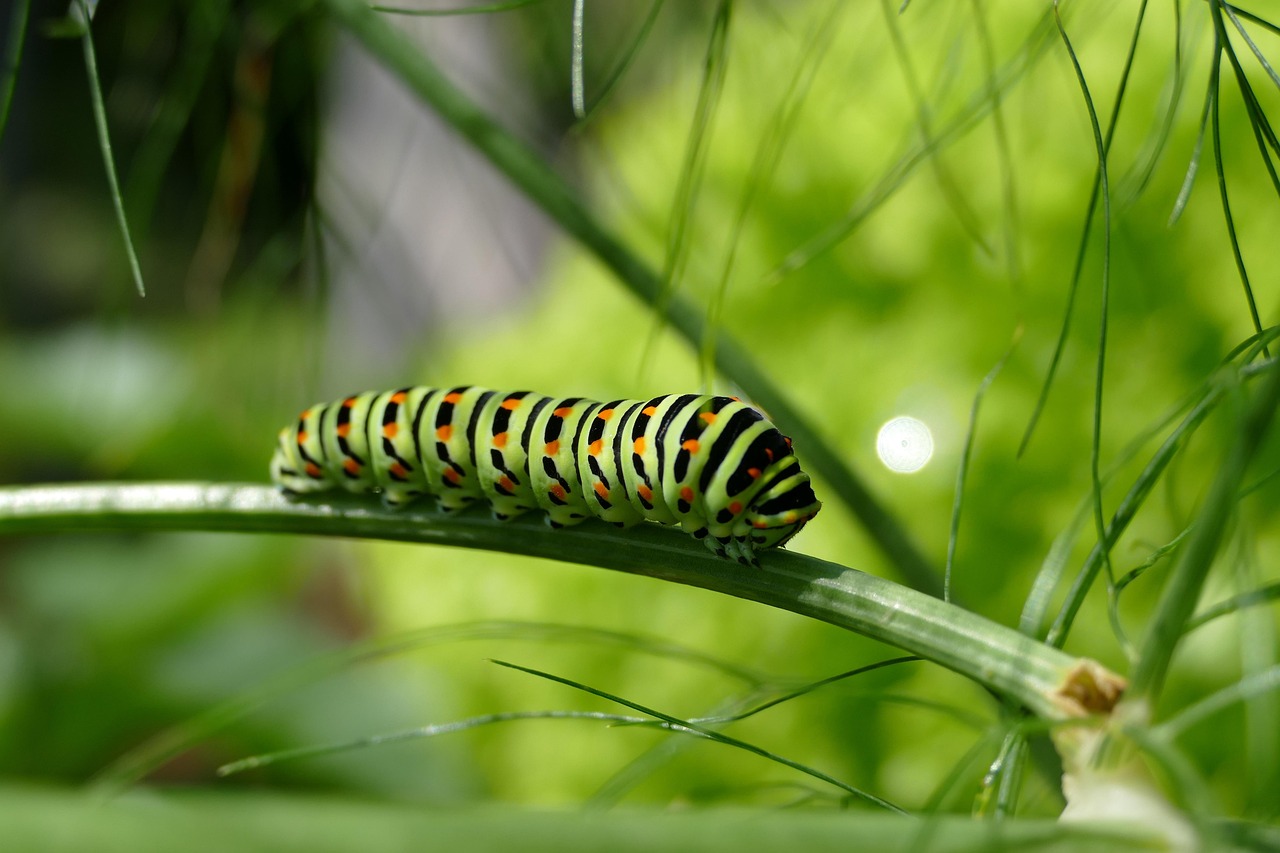
Not all caterpillar drumming sounds the same – different species have developed distinct acoustic signatures. Some produce rapid-fire drumbeats that sound like tiny machine guns, while others create slower, more deliberate rhythms that resemble a heartbeat. The Jalmenus evagoras caterpillar, for example, produces calls that can last anywhere from a few seconds to several minutes, depending on the perceived threat level. Scientists have discovered that these rhythmic patterns can convey different types of information. A slow, steady drumbeat might indicate a general request for ant presence, while rapid, frantic drumming could signal an immediate threat requiring urgent intervention. This level of acoustic sophistication was previously thought to be limited to much more complex animals.
Evolutionary Origins of Butt-Drumming
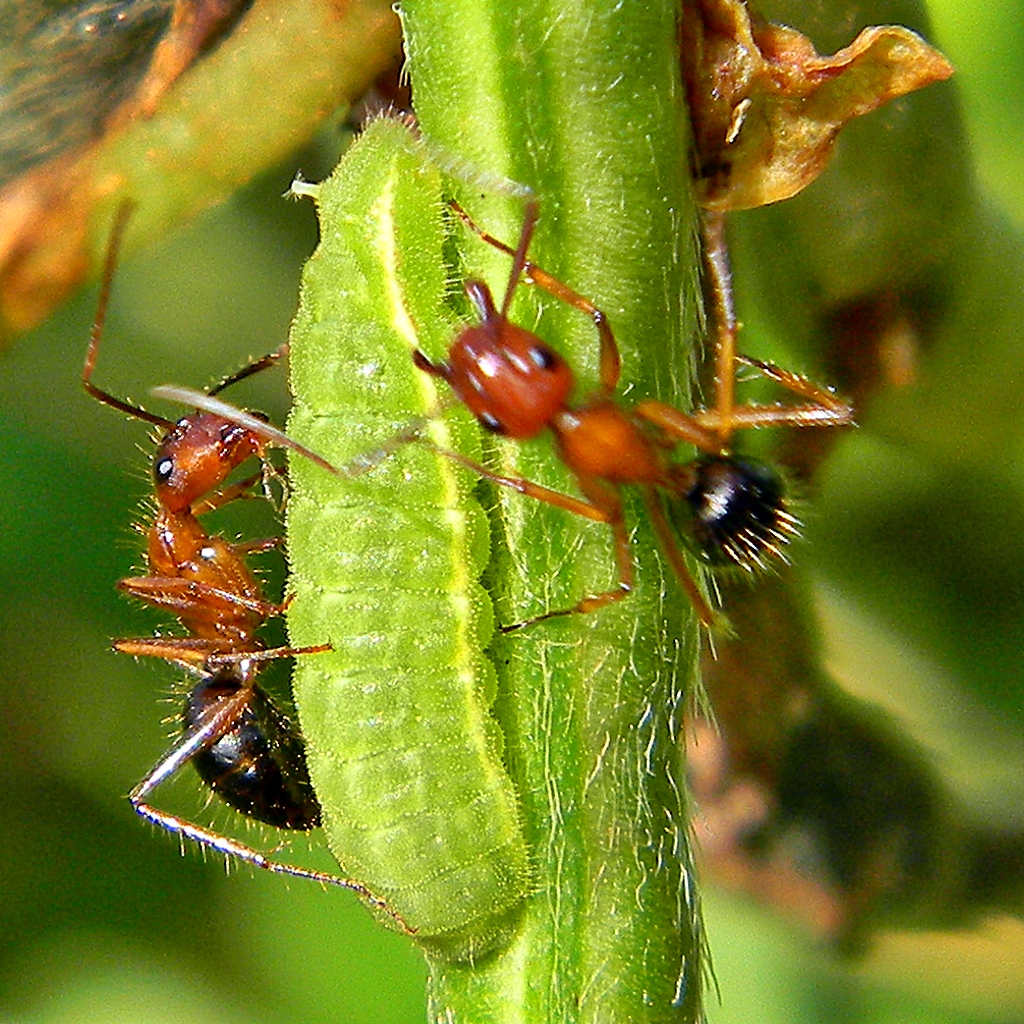
The evolution of this bizarre communication method likely arose from the need to survive in environments where visual and chemical signals weren’t sufficient. Caterpillars are particularly vulnerable to predation, and those that could effectively summon help had a significant survival advantage. Over millions of years, this basic signaling behavior evolved into the sophisticated acoustic communication systems we observe today. Fossil evidence suggests that ant-caterpillar partnerships are ancient, dating back at least 50 million years. The drumming behavior likely co-evolved with ant social structures, creating increasingly complex communication networks that benefit both partners in this unusual alliance.
The Predator Response
What happens when a caterpillar’s drumming actually works? The response from their ant bodyguards can be quite dramatic. Ants will actively chase away spiders, attack parasitic wasps, and even engage in combat with much larger predators to protect their caterpillar partners. Some ant species have been observed forming defensive circles around drumming caterpillars, creating a living fortress of stinging, biting defenders. Interestingly, some predators have learned to recognize these acoustic signals as warnings to stay away. The sound of caterpillar drumming in an area often indicates a heavy ant presence, which many potential predators prefer to avoid entirely rather than risk confrontation with aggressive defenders.
Geographic Distribution of Musical Caterpillars
These acoustic communicators aren’t limited to any single continent or climate zone. Drumming caterpillars have been documented in Australia, Europe, Asia, and parts of Africa, suggesting that this behavior has evolved independently multiple times or represents a very ancient trait. The Australian Jalmenus species are particularly well-studied, but similar behaviors have been observed in European Maculinea species and various Asian lycaenids. Different regions have produced unique variations of this behavior, with some species developing location-specific drumming patterns that match the acoustic preferences of local ant species. This geographic variation demonstrates the remarkable adaptability of these communication systems to local ecological conditions.
Research Breakthroughs and Technology
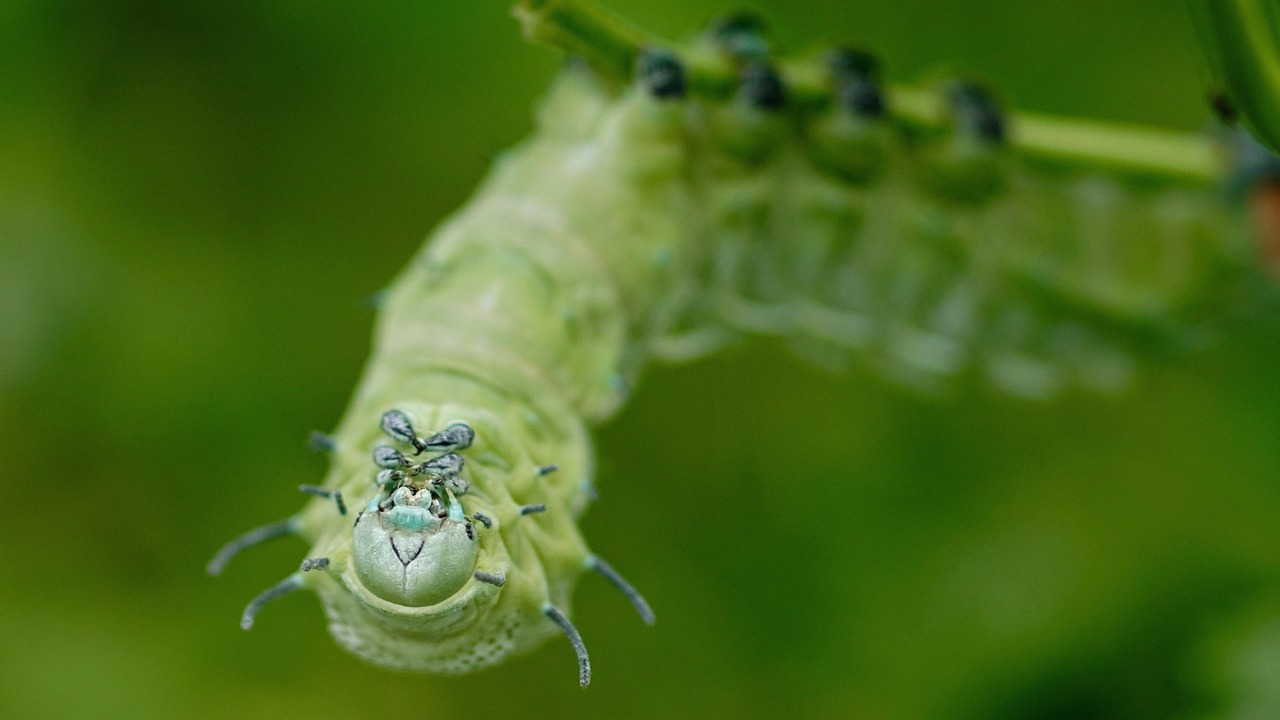
Modern technology has revolutionized our understanding of caterpillar communication. Laser vibrometry and sensitive microphones now allow scientists to record and analyze these tiny percussion performances with unprecedented detail. Researchers have discovered that the vibrations travel much farther through plant tissues than previously thought, sometimes reaching ants located several meters away. High-speed cameras have also revealed the intricate mechanics of the drumming behavior, showing exactly how caterpillars control their movements to produce specific frequencies and rhythms. This research has opened new avenues for understanding how complex behaviors can evolve in seemingly simple organisms.
Conservation Implications
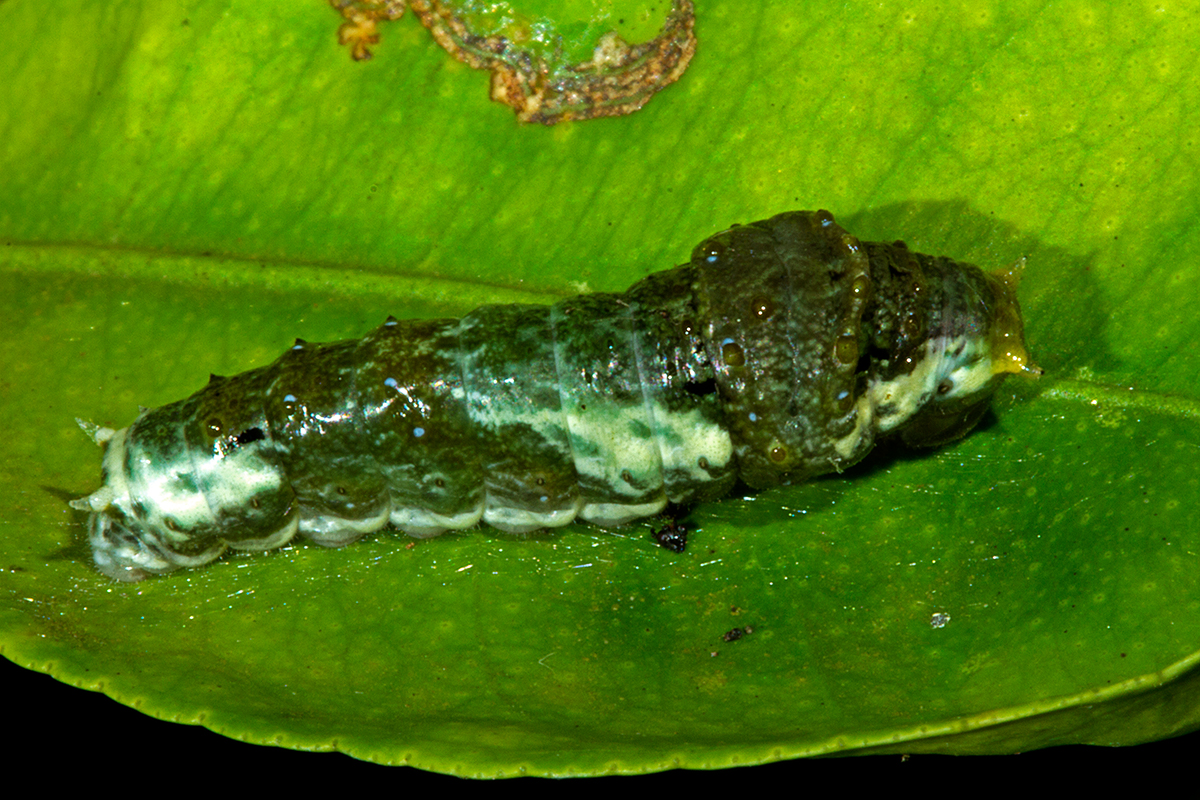
The specialized relationships between drumming caterpillars and their ant partners make these species particularly vulnerable to environmental changes. Habitat fragmentation can disrupt these acoustic communication networks, leaving caterpillars unable to effectively summon help when needed. Climate change also poses threats, as shifting temperatures and rainfall patterns can affect both caterpillar development and ant colony stability. Conservation efforts increasingly recognize the importance of preserving these intricate ecological relationships. Protecting individual species isn’t enough – entire communication networks must be maintained to ensure the survival of these remarkable acoustic partnerships.
Other Surprising Caterpillar Sounds
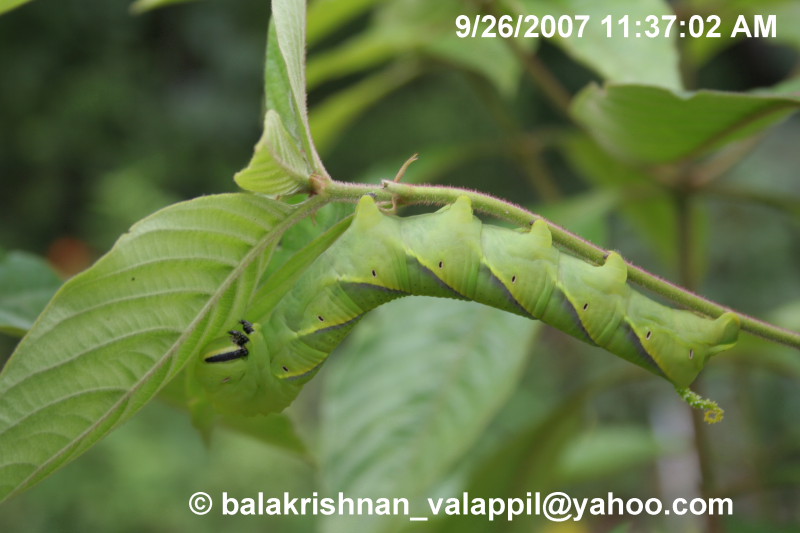
While butt-drumming might be the most unusual, it’s not the only sound production method used by caterpillars. Some species create sounds by grinding their mandibles together, producing clicking or chirping noises. Others use specialized structures on their heads or bodies to create whistling or buzzing sounds. The diversity of acoustic communication in caterpillars continues to surprise researchers as new species and behaviors are discovered. The woolly bear caterpillars, for instance, can produce audible clicks when threatened, while some sphinx moth caterpillars create sounds by rapidly expelling air from their breathing holes. Each of these acoustic strategies serves different purposes, from startling predators to communicating with potential mates.
The Future of Caterpillar Communication Research
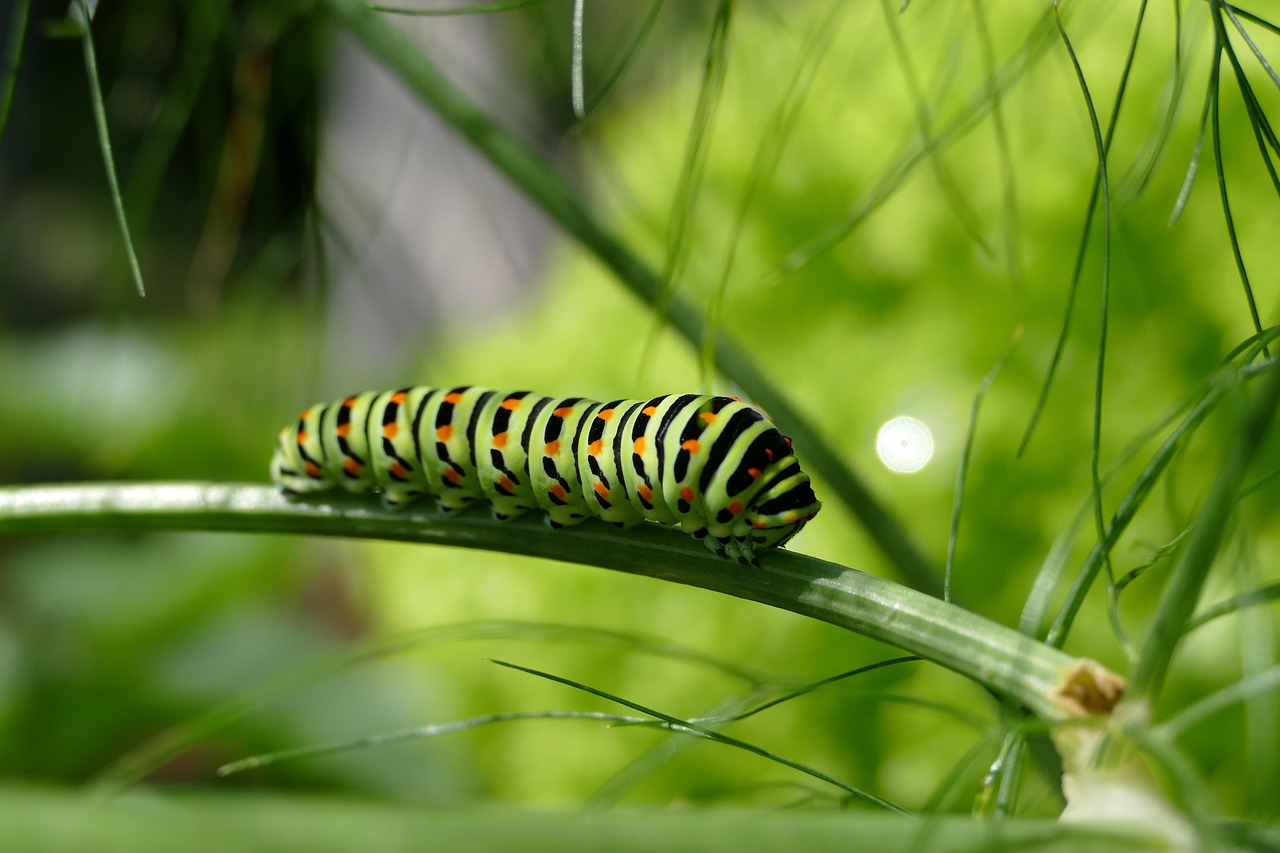
As technology advances, our understanding of caterpillar communication continues to deepen. Artificial intelligence is now being used to analyze complex acoustic patterns, potentially revealing communication nuances that human researchers might miss. Genetic studies are also providing insights into how these behaviors evolved and how they might be influenced by environmental factors. Future research may uncover even more sophisticated aspects of caterpillar communication, possibly revealing that these creatures possess cognitive abilities far beyond what we currently understand. The field of insect acoustics is rapidly evolving, with new discoveries challenging our assumptions about intelligence and communication in the natural world.
Conclusion
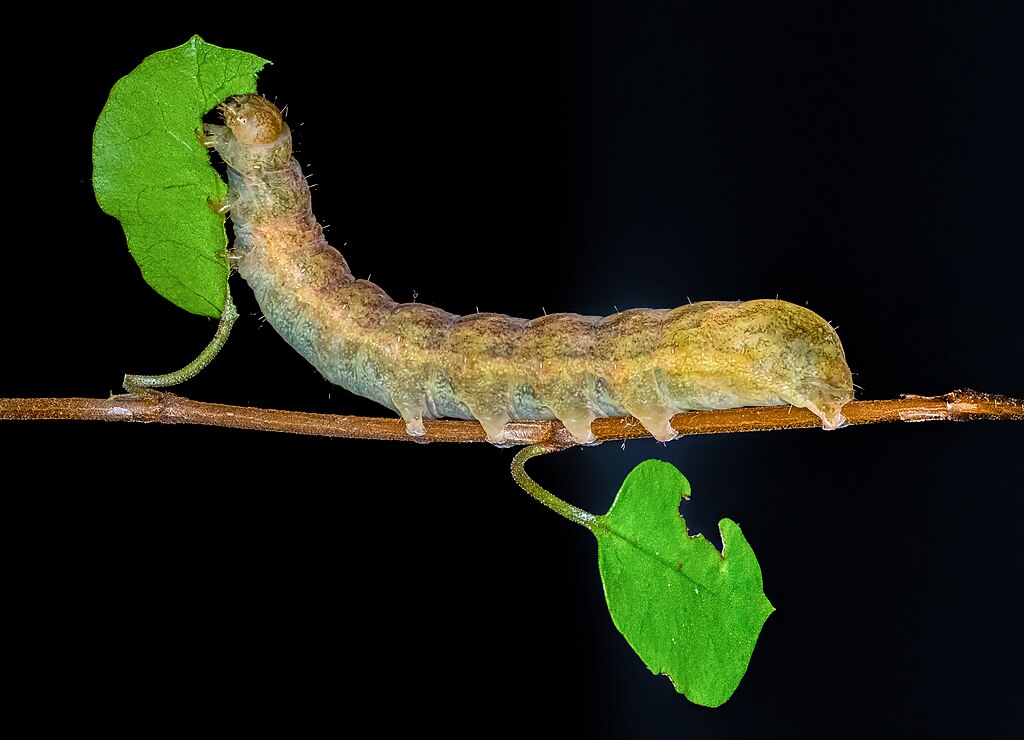
The world of caterpillars that drum with their rear ends represents one of nature’s most delightfully bizarre solutions to the problem of survival. These tiny creatures have developed acoustic communication systems that rival those of much more complex animals, proving that innovation and ingenuity aren’t limited to large-brained species. Their partnerships with ant bodyguards demonstrate the power of cooperation in the natural world, showing how seemingly unlikely allies can form mutually beneficial relationships. As we continue to study these remarkable insects, we’re reminded that the natural world still holds countless surprises waiting to be discovered. The next time you’re walking through a forest, take a moment to listen carefully – you might just hear the tiny drumbeat of a caterpillar calling for backup. What other secret communications might be happening right under our noses?
